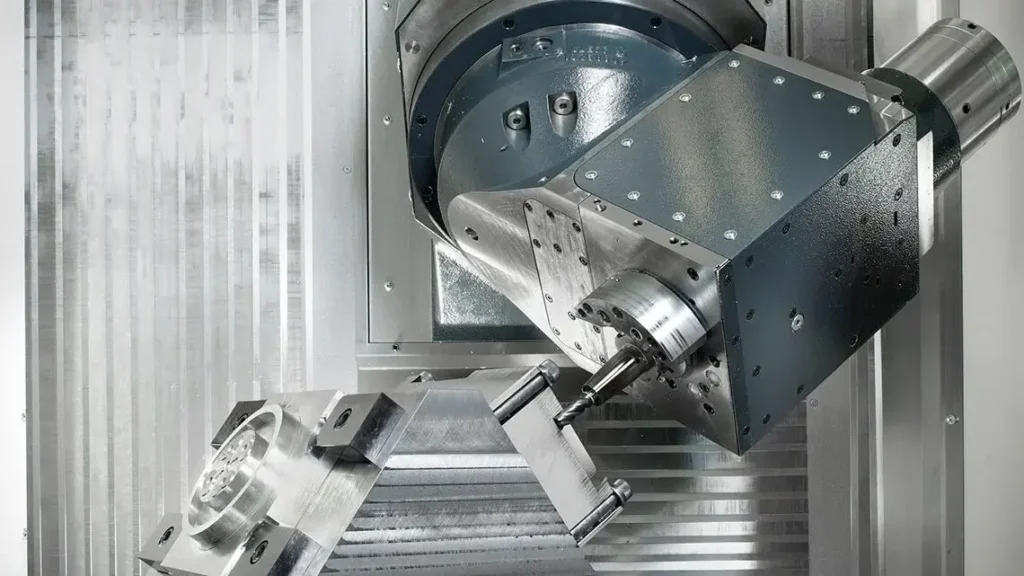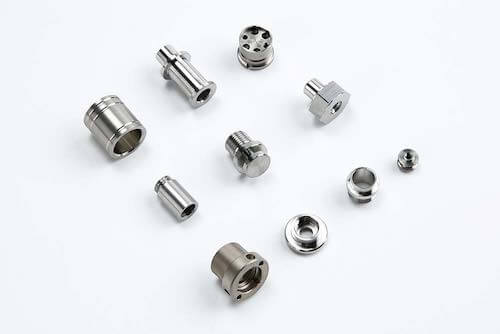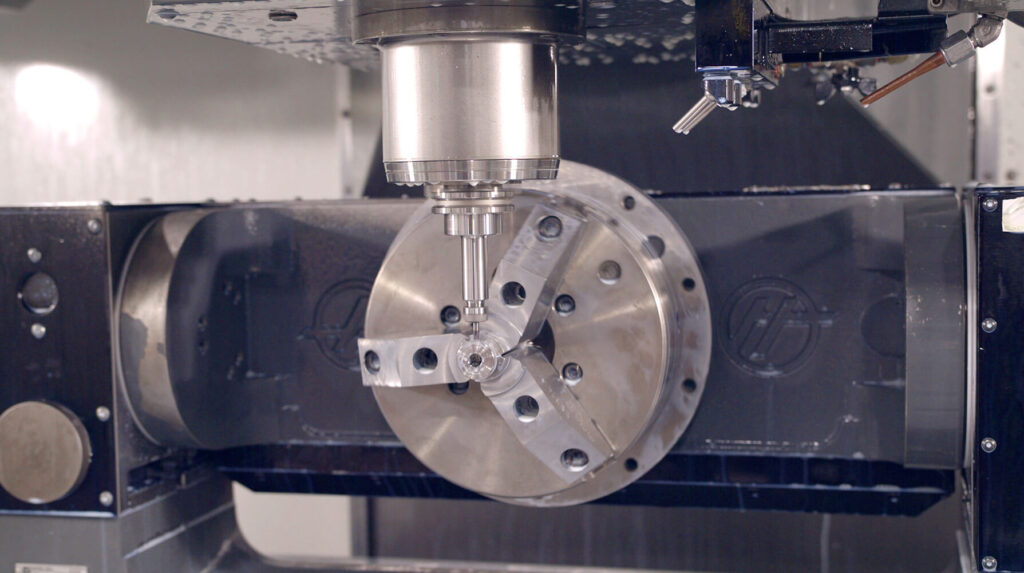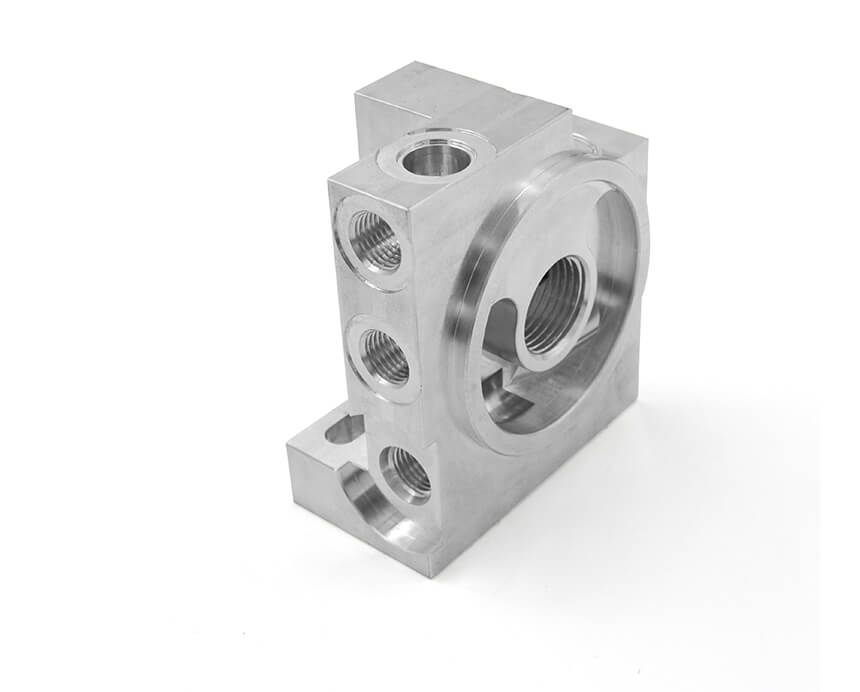The Basics of CNC Machining: A Comprehensive Guide
Despite the fact that CNC machining has long been in our lives, it’s surprising that some people are still unfamiliar with this manufacturing process. Have you ever wondered how companies get complex machine parts? The answer lies in CNC machining.
This process is not limited to machine parts, it is a vital manufacturing technology for individuals seeking hands-free production. If you are new to the world of CNC machining, we understand that you may not be fully prepared. That’s why we offer CNC machining basics to provide you with the basics of this process.
1.What is CNC machining?
CNC (Computer Numerical Control) machining is a subtractive manufacturing process that uses computerized machine tools to manufacture custom designed parts. Computers use programming codes to direct the machine tools to cut (subtract) material. Until the material forms the input design part.

2.How does CNC machining work?
In order to further grasp the basics of CNC machining, it is essential to understand how CNC machining works. By definition, CNC machining is a subtractive and computerized process. Therefore, understanding how it works requires understanding the relationship between the computer, the required operation, and the workpiece.
Based on this relationship, the mechanics of the process can be divided into four different stages, which we will explain below.
1) Create a CAD Design
The first thing to do is to create a computer-aided design in 2D or 3D format. You can do this using CAD software. With this software, you can render any part you want based on the correct technical specifications. However, there is a small limitation. The properties of the workpiece play a huge role in the design and its results. We will discuss this under CNC machining materials.
2) Convert CAD Files to CNC Programs
The next step is to convert the CAD file to a CNC compatible file format. The CNC program will analyze the CAD file to generate the programming code required for the process.
In CNC machining basics, you should be familiar with two types of codes. They are G-code (geometry code) and M-code (machine code). G-code controls the operation of the machine. For example, it controls how the machine moves, when it moves, how fast it moves, what path it moves, etc. On the other hand, M-code controls the factors surrounding the functioning of the machine. For example, it controls the removal and replacement of the machine cover.
3) Setting up the CNC machine
There are two ways to set up a CNC machine. One is that you have to inspect the CNC machine to determine its condition. The second is to fix the workpiece to the machine. You can fix the workpiece directly to the machine while connecting the required tools and components.
4) Performing operations
Once the CNC machine is set up, you can run the CNC program. The CNC program is the control center for all operations of the CNC machine. It controls the machine by instructing the operation and movement of the machine to obtain the correct results.
3.Common CNC machining operations
Understanding CNC machining operations is essential to grasp the complete concept of CNC machining. There are two important operations that you need to understand, and we will demystify them for you below.
1) CNC milling
Milling in the process is the use of a rotating cutting tool to cut off a part of the workpiece. There are two processes in CNC milling. The automatic process allows the CNC machine to feed the workpiece directly into the cutting tool rotation. The feeding direction is always consistent with the direction of cutting tool rotation. The other is manual CNC milling, which is always opposite to the direction of cutting tool rotation.
CNC milling allows you to perform two main types of operations:
- Face milling: used to cut shallow surfaces, flat surfaces, and flat-bottomed cavities.
- Peripheral CNC milling: used to cut deep cavities in a workpiece.
2) CNC turning
In the process, turning is the process of removing material from a workpiece while it is rotating on a single axis. This definition may sound complicated, but let’s simplify it with an example. Imagine a bolt and a nut. CNC turning is the process of creating the helical exterior and interior parts of these two components using CNC machining.
CNC turning allows you to perform the following operations:
- Boring
- Facing
- Grooving
- Thread cutting
Depending on your CAD file and specific requirements, there are other available CNC machining operations to consider. Below, we have outlined some of these other options for you to explore.
- Lapping
- Drilling
- Broaching
- Sawing
- Grinding
- Honing

4.Advantages and Disadvantages of CNC Machining
Understanding the basics of CNC machining requires understanding its advantages and disadvantages, just like any other machining process. Here are some of the advantages and disadvantages of using the process.
Advantages
1) Precision
CNC machines are very precise. Therefore, they are used in areas related to human life. You would not want to fly in an airplane that was made by a flawed manufacturing process. This makes them the right manufacturing process for the aviation and automotive industries.
2) Accuracy
CNC machines are highly accurate, so there is no need to worry about whether they will fit into a larger component when producing parts.
3) Versatility
CNC machining offers a wide range of options in terms of supported materials. Before using it, you should understand whether the material is compatible with the process. Check factors such as heat resistance, shear resistance, and hardness.
Disadvantages
1) Cost
Enjoying the benefits of the process comes at a high cost. However, it is best to continue using it due to its advantages such as accuracy and precision.
2) Size Limitations
CNC machining supports materials that can withstand the manufacturing process. However, there are size limitations. This can cause problems when manufacturing large parts.

5.CNC Machining Materials
CNC machining cannot be done without knowing the materials that are suitable for the process. To be precise, you can use any material for the process. However, the material must be able to withstand the rigors of the manufacturing process.
It can be said that the selection of the process materials depends on the specifications of the material and the manufacturing process. Examples of materials suitable for the process include:
- Aluminum
- Copper
- Brass/Bronze
- Steel
- Stainless Steel
- Titanium
- Plastic
- Wood
6.CNC Machining Applications
We have completed the basics of CNC machining, and the last thing you need to know is the basic applications of CNC machining. Due to the versatility and other advantages of the process, it has a wide range of applications in different industrial fields. Here are the top industries that use the process.
1) Automotive
The automotive industry incorporates the process into its manufacturing process because it helps them to manufacture prototypes and real products with high accuracy and precision.
2) Consumer Electronics
While it may be surprising, the process is prominent in consumer electronics. Companies such as Apple use CNC machining in production. For example, the chassis of the Apple MacBook is made of aluminum that has been CNC machined.
3) Aerospace/Military
These two industrial sectors are frequent users of CNC machining. This is because it can produce replacement and upgraded versions of any part on demand.
7.Make Xavier your first choice for CNC machining
Mastering the basics of CNC machining can help you stay relevant in this industrial age. With this article, you will learn the basics of CNC machining. This article demystifies the process. It shows what is special about the process and why many industries incorporate it into their manufacturing processes.
